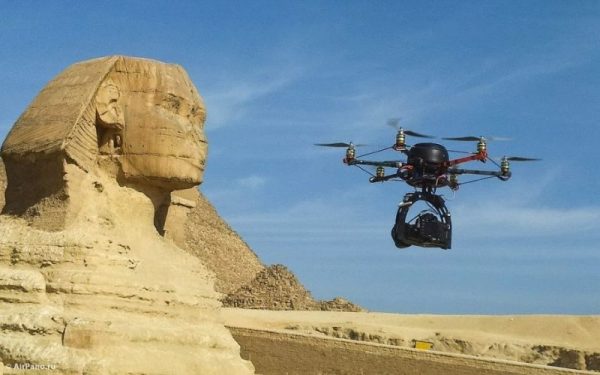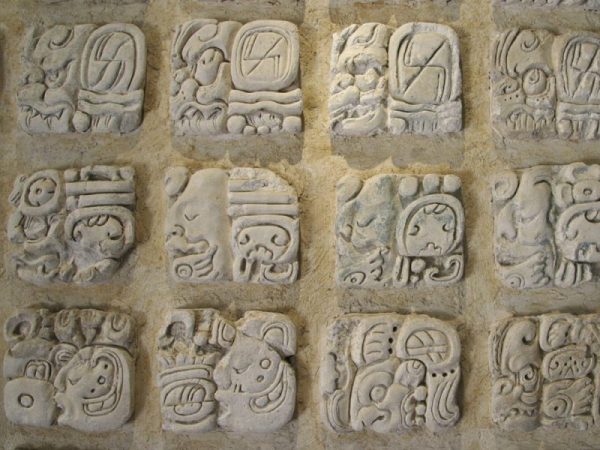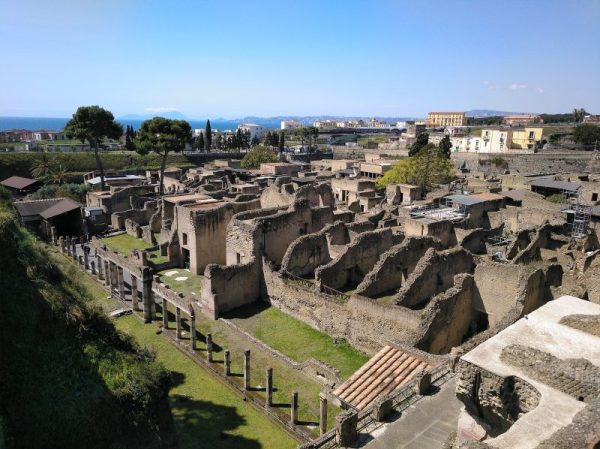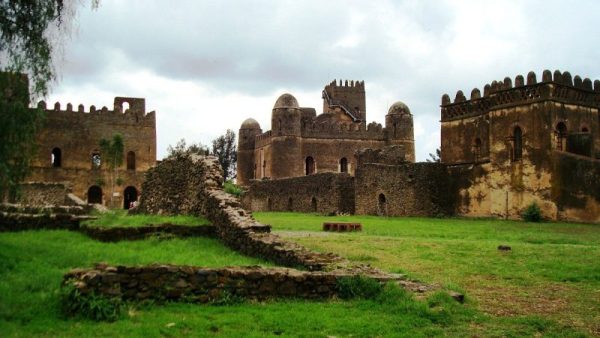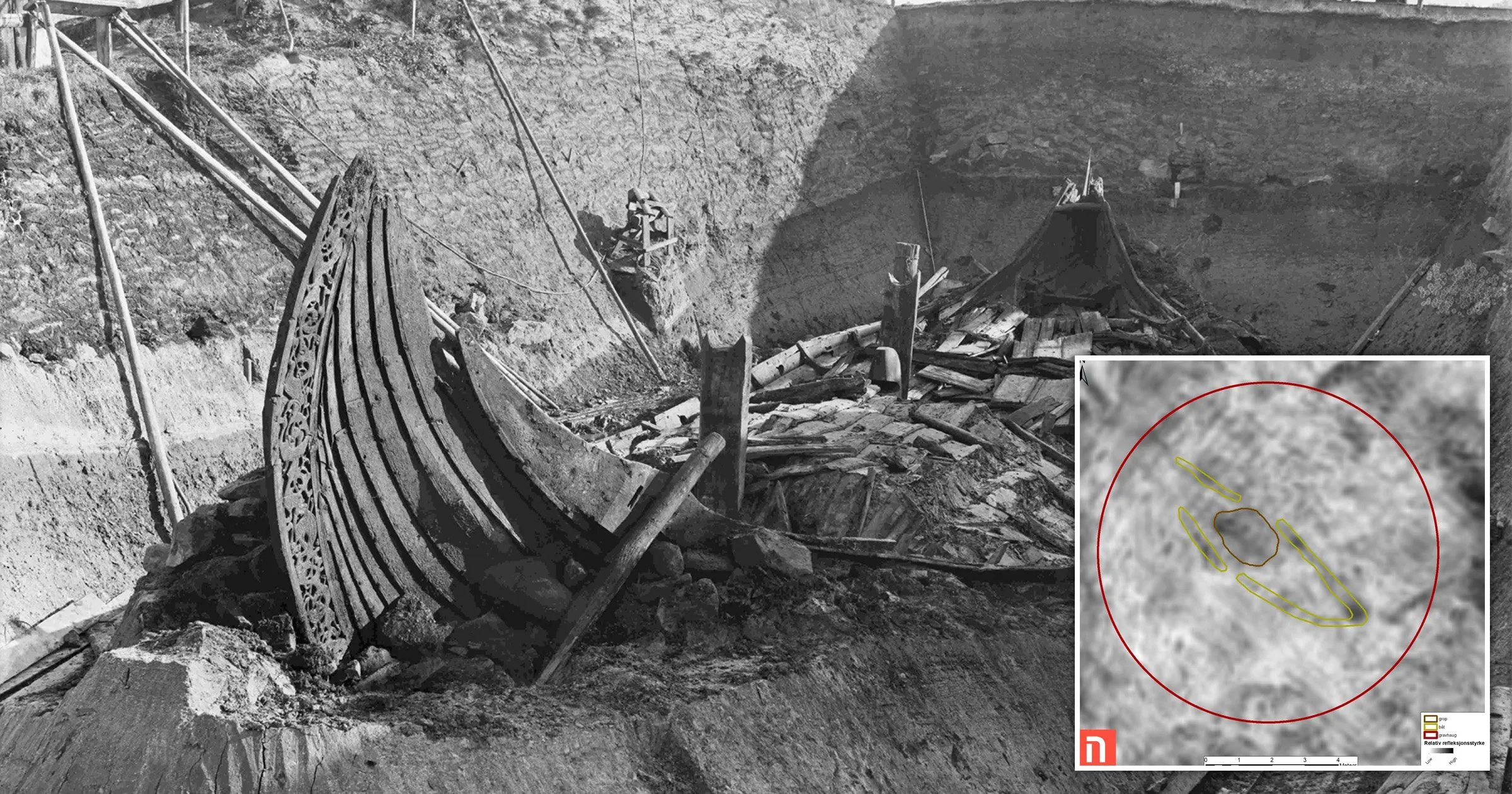Archaeology, the study of human history and prehistory through the excavation and analysis of artifacts and ancient remains, has long held a unique place in the world of fiction. From the daring exploits of Indiana Jones to the adventurous journeys of Lara Croft, the realm of archaeological fiction has transported us to far-off lands, buried tombs, and forgotten civilizations. In this comprehensive exploration, we will unravel the allure of archaeology in fiction, delving deep into the iconic characters, the enduring appeal, and the real-world impact of these captivating tales.
The Fascination with Archaeology
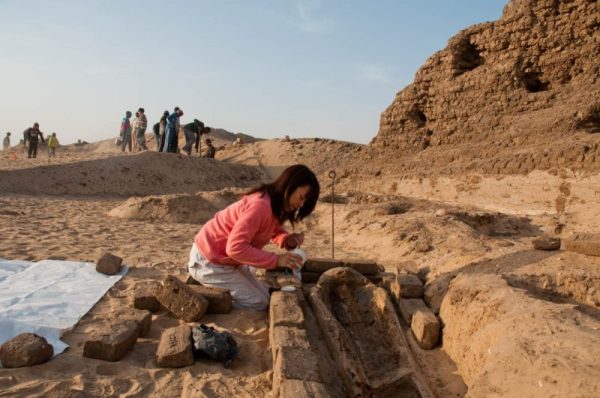
At the heart of archaeology’s enduring appeal in fiction lies our fascination with the past. We are drawn to the mysteries of ancient civilizations, the allure of buried treasures, and the excitement of uncovering history’s secrets. This fascination transcends the boundaries of academia and extends into the realm of adventure and storytelling. In archaeological fiction, the past comes to life, offering readers and viewers a chance to explore history through the eyes of intrepid adventurers.
Indiana Jones: The Iconic Archaeological Adventurer
Character Introduction: Dr. Henry Walton “Indiana” Jones Jr., better known as Indiana Jones, is perhaps the most iconic fictional archaeologist-adventurer of all time. Created by George Lucas and Steven Spielberg, Indiana Jones first graced the silver screen in “Raiders of the Lost Ark” in 1981. Since then, he has become a cultural phenomenon, captivating audiences with his wit, courage, and relentless pursuit of historical artifacts.
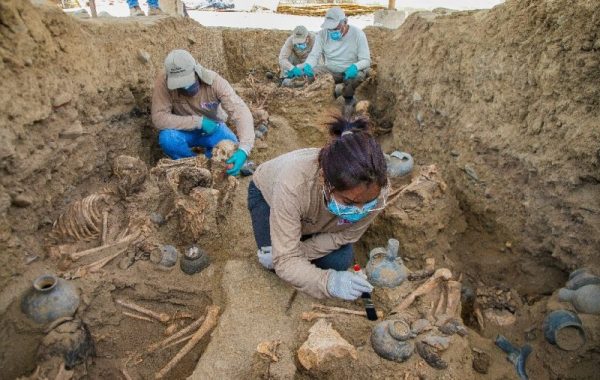
Character Traits: Indiana Jones is the embodiment of the swashbuckling archaeologist. With his trademark fedora, leather jacket, and bullwhip, he ventures into the unknown, facing danger at every turn. His adventures often revolve around the search for legendary artifacts, including the Ark of the Covenant, the Holy Grail, and the Sankara Stones.
Impact on Pop Culture: The Indiana Jones franchise has left an indelible mark on popular culture. The character’s signature hat and whip have become instantly recognizable symbols, and his catchphrases, such as “It belongs in a museum!” are part of our cultural lexicon. The films have not only entertained but also ignited a passion for history and archaeology in countless viewers.
Lara Croft: The Fearless Archaeologist
Character Introduction: Lara Croft, the intrepid archaeologist-adventurer, made her debut in the video game “Tomb Raider” in 1996. Created by Core Design, Lara quickly gained popularity and was later featured in film adaptations. Her character defied traditional gender roles in gaming and became a symbol of female empowerment.
Character Traits: Lara Croft is known for her intelligence, physical prowess, and unyielding determination. She combines her archaeological expertise with exceptional combat and survival skills, making her a formidable explorer. Her adventures often involve solving intricate puzzles, battling adversaries, and unearthing ancient mysteries.
Evolution and Influence: Over the years, Lara Croft has evolved from a pixelated character into a fully realized and complex figure. Her character development has been lauded for its depth, and she has become a positive representation of strong, independent women in media. The “Tomb Raider” franchise, both in gaming and film, has left an enduring legacy.
Archaeology in Fiction: The Appeal
The enduring appeal of archaeology in fiction can be attributed to several key factors:
Escapism and Adventure: Archaeological fiction offers a form of escapism where readers and viewers can immerse themselves in thrilling adventures. Whether it’s deciphering ancient scripts, navigating treacherous tombs, or uncovering hidden relics, these stories transport us to worlds filled with excitement and intrigue.
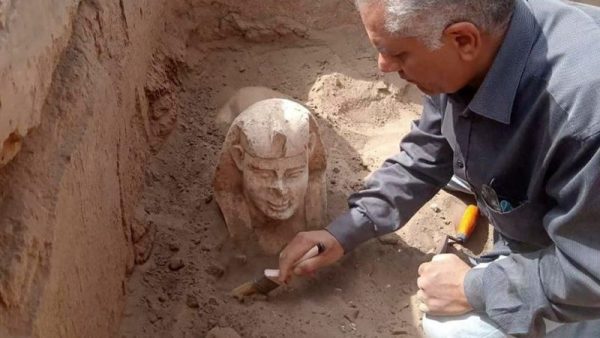
Blending Fact and Fantasy: Archaeological fiction often strikes a delicate balance between historical fact and imaginative storytelling. This fusion of reality and fantasy allows audiences to explore the past in new and captivating ways while suspending disbelief for the sake of entertainment.
Inspiration and Exploration: These fictional archaeologists inspire a love for history, exploration, and discovery. They encourage curiosity about the mysteries of the past and the significance of preserving our cultural heritage. In doing so, they ignite a passion for learning and understanding history.
Cultural Impact and Legacy
The impact of fictional archaeologists like Indiana Jones and Lara Croft extends far beyond their respective franchises:
Influence on Popular Culture: These characters have become cultural icons, influencing fashion, merchandise, and even theme park attractions. The iconic fedora and whip, as well as Lara Croft’s dual pistols, have become symbols of adventure.
Inspiration for Archaeology: Indiana Jones and Lara Croft have inspired countless individuals to pursue careers in archaeology. Many real-world archaeologists cite these characters as their initial motivation to explore the mysteries of the past.
Educational Value: Archaeological fiction serves as a gateway to learning about history, cultures, and ancient civilizations. It sparks interest in academic disciplines and encourages further exploration beyond the fictional narratives.
Archaeological Accuracy in Fiction
While archaeological fiction is undoubtedly entertaining, there is an ongoing debate about the balance between entertainment and historical accuracy:
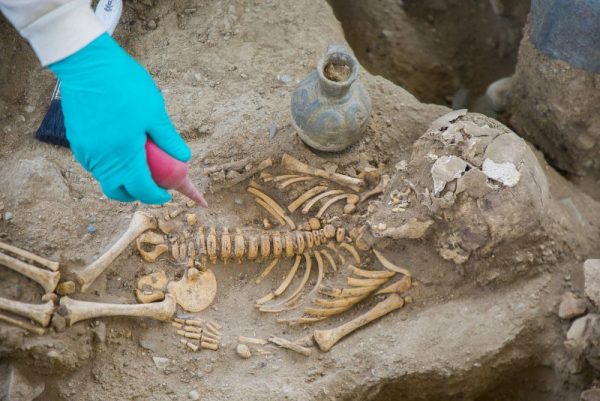
Responsibility of Creators: Authors, filmmakers, and game developers have a responsibility to portray archaeology realistically. While creative liberties are often taken for the sake of storytelling, it is essential to respect the discipline of archaeology and present it with integrity.
Examples of Accuracy and Inaccuracy: Some works of archaeological fiction strive for authenticity, consulting experts and adhering to established archaeological principles. Others take liberties with history and archaeology, blending fact and fiction to varying degrees.
Notable Works of Archaeological Fiction
For those eager to embark on their own archaeological adventures, there is a wealth of fiction to explore:
Indiana Jones Films: The Indiana Jones film series, including “Raiders of the Lost Ark,” “Indiana Jones and the Last Crusade,” and “Indiana Jones and the Kingdom of the Crystal Skull,” are classics of the genre.
Tomb Raider Games: The “Tomb Raider” video game series offers immersive archaeological adventures, and titles like “Tomb Raider: Legend” and “Tomb Raider (2013)” are notable entries.
Books: Archaeological fiction has a strong presence in literature. Titles like “The Da Vinci Code” by Dan Brown and “The Lost City of Z” by David Grann combine history and adventure.
Film and Television: Beyond Indiana Jones and Lara Croft, films like “The Mummy” and television series like “Dig” have explored archaeological themes.
Video Games: In addition to Tomb Raider, games like “Uncharted” and “Assassin’s Creed” feature archaeological elements in their narratives.
Archaeology Beyond Fiction
While fictional archaeologists may dominate our screens and bookshelves, the real-world field of archaeology continues to make remarkable discoveries:
Ongoing Excavations: Archaeologists around the world are continually uncovering new insights into human history. Recent discoveries include ancient cities, tombs, and artifacts that reshape our understanding of the past.
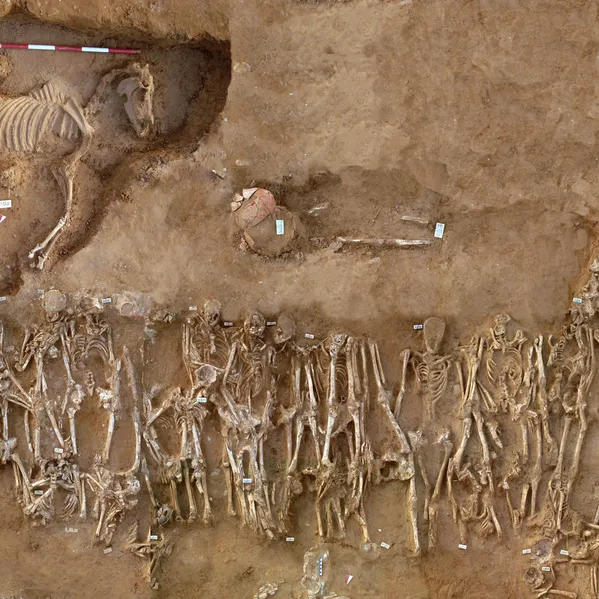
Advances in Technology: Modern archaeology benefits from cutting-edge technology, such as LiDAR scanning, DNA analysis, and 3D modeling, which enhance our ability to explore and interpret the past.
Preservation Efforts: Archaeologists work tirelessly to preserve cultural heritage sites and protect them from looting and destruction.
Conclusion
Archaeology in fiction takes us on extraordinary journeys through time and across continents, where adventurers like Indiana Jones and Lara Croft unearth ancient mysteries and confront the unknown. While these stories may stretch the boundaries of reality, they ignite our curiosity about the past and remind us of the enduring allure of archaeology.
Whether it’s in the pages of a book, on the silver screen, or in the virtual world of video games, archaeology in fiction continues to captivate and inspire, proving that the quest for knowledge and adventure knows no bounds. As we explore the fictional realms of Indiana Jones and Lara Croft, let us also celebrate the real-world archaeologists who tirelessly uncover the secrets of our shared human history, bridging the gap between imagination and discovery.
